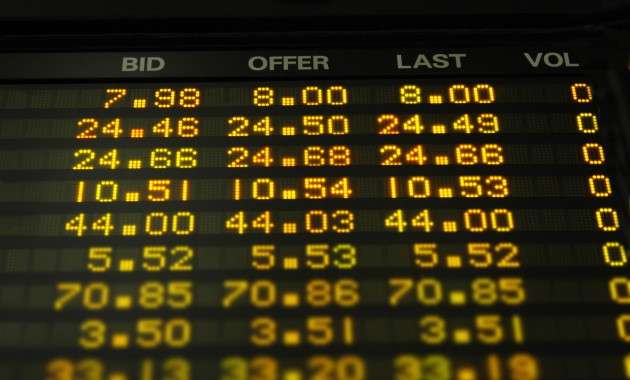US indices faced challenges ahead of the ‘4 witches’ event, with the S&P 500 and Nasdaq Composite hitting lows not seen in weeks. Despite a strong GDP report and year-end adjustments, the market struggled, with notable declines in tech stocks. The VIX rose sharply, reflecting increased volatility, while the Federal Reserve’s cautious stance on interest rates added to market unease. Economic indicators showed mixed results, with growth in consumption and home sales contrasting with a contraction in manufacturing activity.
US Indices Struggle Ahead of ‘4 Witches’ Day
The trading session marked the final day before the anticipated ‘4 witches’ phenomenon, a significant event that typically wraps up the fiscal year 2024 for many financial managers. Despite a GDP report that exceeded expectations and typical year-end adjustments aimed at boosting high-performing stocks, US indices were unable to shift their downward trajectory or even stage a minor recovery.
Following a challenging day that saw a decline of -3% on Wednesday, the US indices initially showed signs of recovery, with an average gain of about +0.5% around 7:55 PM (mid-session) and +0.4% around 9:40 PM. However, all gains evaporated in the last quarter-hour of trading.
The S&P 500 closed down -0.09% at 5,867, marking its lowest point of the day and the lowest since November 15—effectively wiping out a month’s worth of gains in just 48 hours. The Nasdaq Composite fell -0.10% to 19,372, reaching levels not seen since December 3, while the Dow Jones narrowly avoided an 11th consecutive session in the red with a modest gain of +0.04%.
Economic Indicators and Market Reactions
The Nasdaq-100 experienced a decline of -0.47% to 21,110, hitting its lowest since December 2. This underperformance can be attributed to significant drops from companies like Micron (-16.2%) and Vertex Pharma (-11.4%). The tech sector suffered as well, with notable declines among the ‘8 fantastic’ stocks, now referred to by the acronym BAATMMAN, including Tesla (-2%) and Broadcom (-1.8%).
The Russell 2000 index also faced challenges, dropping -0.65% to approximately 2,217 points, marking its seventh decline in nine sessions and reverting to levels last seen on November 4.
In terms of volatility, the VIX surged +75% on Wednesday but eased slightly by -13% to 24.1, still significantly higher than the previous day. Wall Street’s downturn on Wednesday was exacerbated by the US Federal Reserve’s less-than-expected accommodative stance regarding interest rates for 2025, with Chairman Jerome Powell indicating that only two rate cuts may be on the horizon instead of the four anticipated by more optimistic analysts.
As for economic growth, the latest figures show that the US economy expanded by an annualized rate of 3.1% in the third quarter, surpassing the previous estimate of 2.8%. This growth was attributed to increased exports, heightened consumer spending, and robust federal government expenditure.
Additionally, the Personal Consumption Expenditures (PCE) price index remained steady at 1.5%, with a slight uptick to 2.2% when excluding food and energy costs. This data comes at a time when the Fed’s monetary easing policies are contingent on favorable inflation trends.
On a brighter note, leading indicators are beginning to show improvement, with a +0.3% increase following three months of declines. Existing home sales also rose by 4.8% in November, reflecting a seasonally adjusted annual rate of 4.15 million, as reported by the National Association of Realtors. Chief Economist Lawrence Yun noted that the housing market is gaining momentum as more buyers enter the fray amid a recovering job market and increased housing supply.
However, not all sectors are thriving; manufacturing activity in the Philadelphia region showed signs of contraction in December, with the Philly Fed index dropping significantly. Moreover, the Department of Labor reported a decrease of 22,000 in new unemployment claims during the week of December 9.
The bond market reacted sharply to the Fed’s comments, with the yield on ten-year Treasuries climbing to 4.565%, reaching its highest level since May 30. The 30-year bond yield also rose above 4.75%, marking a significant increase over a short period.
